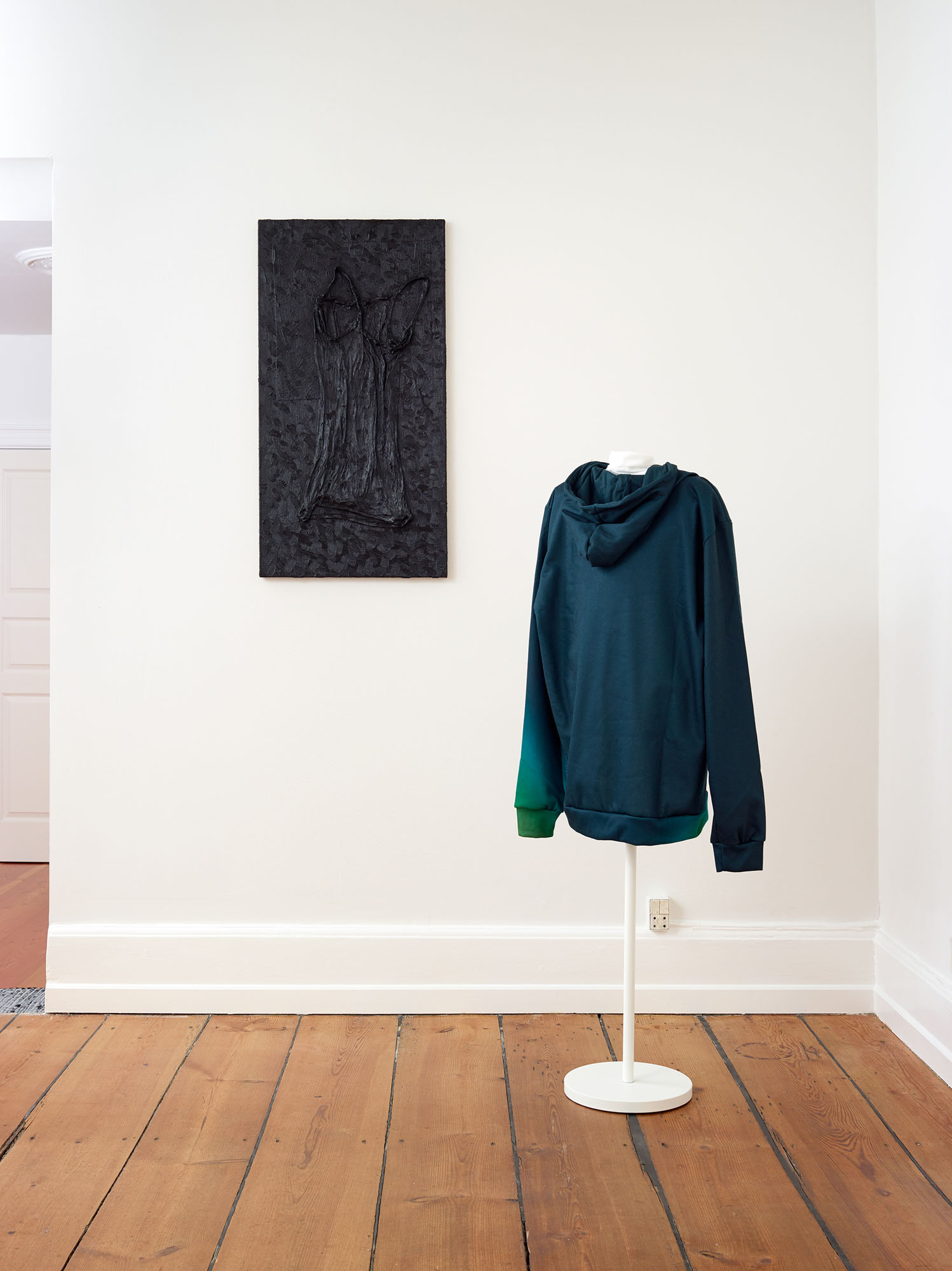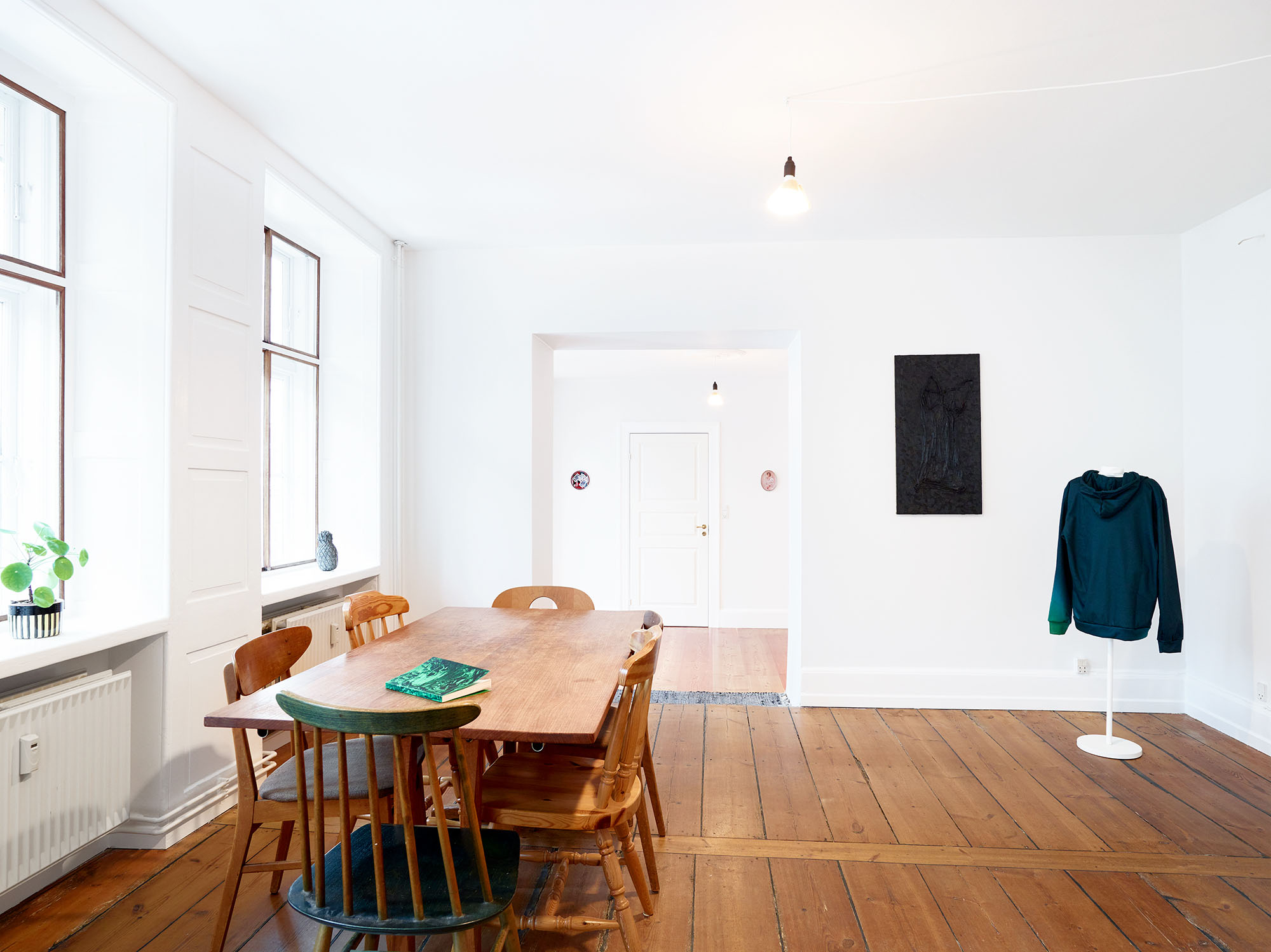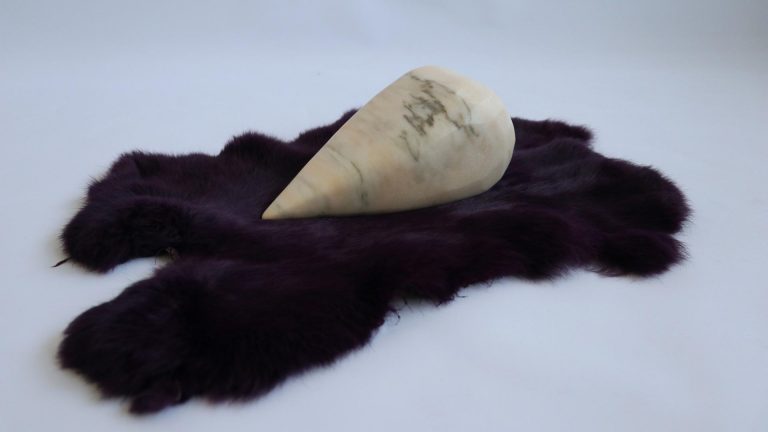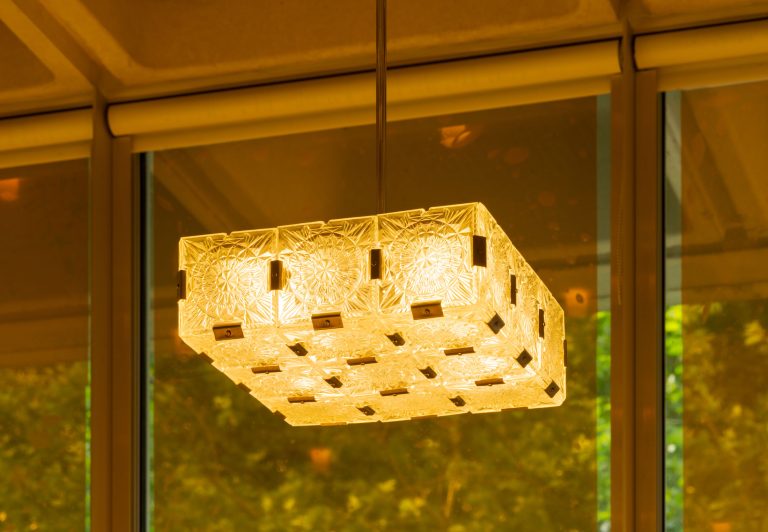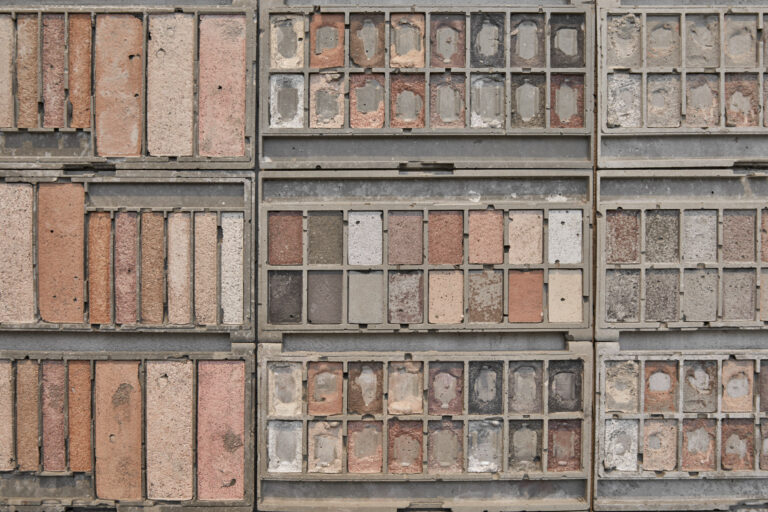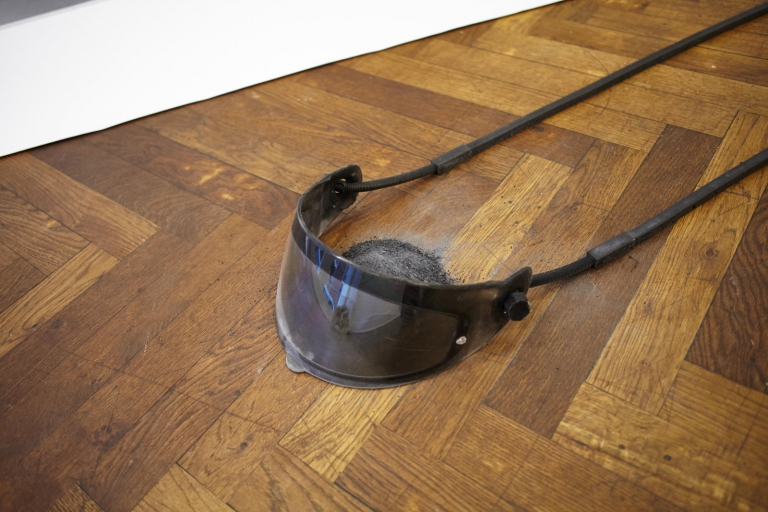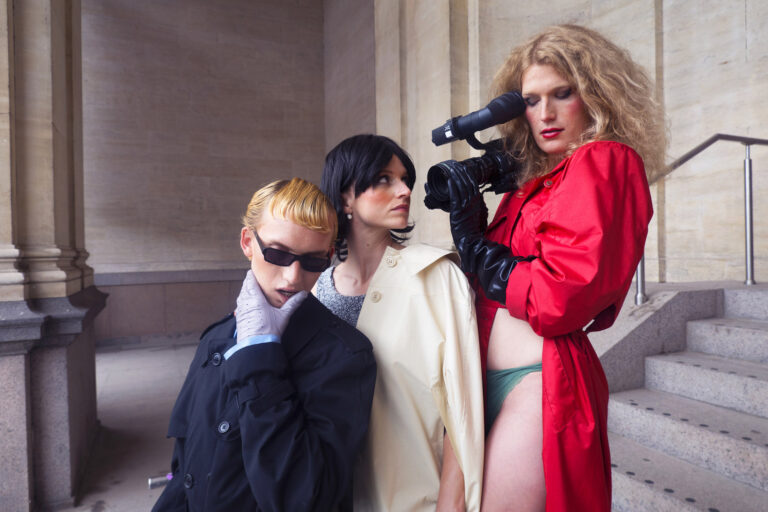Artists: Magnus Frederik Clausen, Giulia Marchi, Alexis Mark/Annual Reportt, Paola Paleari
Exhibition title: Grass is greener. Part II
Curated by: Paola Paleari
Venue: JIR SANDEL, Copenhagen, Denmark
Date: March 2 – May 5, 2019
Photography: all images copyright and courtesy of the artists and JIR SANDEL, Copenhagen
The exhibition project Grass is greener started in the spring of 2017 on the basis of Paola Paleari’s interest in comparing painting and photography, namely the two visual disciplines par excellence.
In this regard, Paleari invited painter Magnus Frederik Clausen and photographer Giulia Marchi to establish a dialogue, where she acted as mediator, aimed at finding a common working frame for this correlation to occur. Portrait, landscape and still life emerged as the three main areas to explore and led to the creation of the artworks exhibited in the first part of the project, which took place in November 2018 at Matèria gallery in Rome.
In Clausen’s artworks realized for Grass is greener, the clothing items placed on the canvas can be seen both a still life that (re)present reality and a portrait of the clothes’ owner. The use of color adds a third layer to the object-canvas, transforming it into a landscape or monochrome study. The result is a synthesis of all painting genres in one, which blurries the line between figuration and abstraction.
In Marchi’s series 18 atomi di carbonio, the color gradients that she conceived as digital, immaterial files are printed and rephotographed next to a soap bar with the same tonality. In this passage, the gradient looses its abstract quality and becomes an element of a still life. Or is it the soap that, next to the purity of the gradient, looses its materiality and becomes an abstract shape?
In spring 2018, Paleari included in the dialogue the graphic design studio Alexis Mark/Annual Reportt. Their contribution to the conversation resulted in the work Realfakelemons.saver: a screensaver that, when activated, initiates an infinite spin of a polythene squeeze-type container. A replica in texture, shape and function of an actual lemon.
At this stage of the project, the reading of the connection between photography and painting expanded to become a matter of image at large. The specificities of the two media took second place and the focus shifted on examining the context around them and the way they are used, reproduced and vehiculated.
This is addressed for example in Paleari’s work Grass is greener. Gnosjö Hjälper, which consists of a series of identical frames found in a second-hand shop, placed in front of a mirror. All the frames contain the same portrait, that is printed each time with a slightly different tone and saturation. The image’s quality is unimportant, as it here serves a mere example of use of the product that contains it.
Grass is greener. Déjeuner is a collection of numerous interpretations, collected by Paleari, of Le déjeuner sur l’herbe by Édouard Manet (1863). Manet’s masterpiece has crossed all techniques and been turned into a photograph, a sculpture, a drawing, an installation, a film, a performance, another painting: in this sense, it is an iconic example of the chameleonic power of certain images to crosscut cultures, fashions and eras.
The exhibition Grass is greener. Part II as a sort of “reality check” of the long and discontinuous process covered so far. The works on display are a first sum of the disparate thinking that the project has activated and that will keep on evolving.

